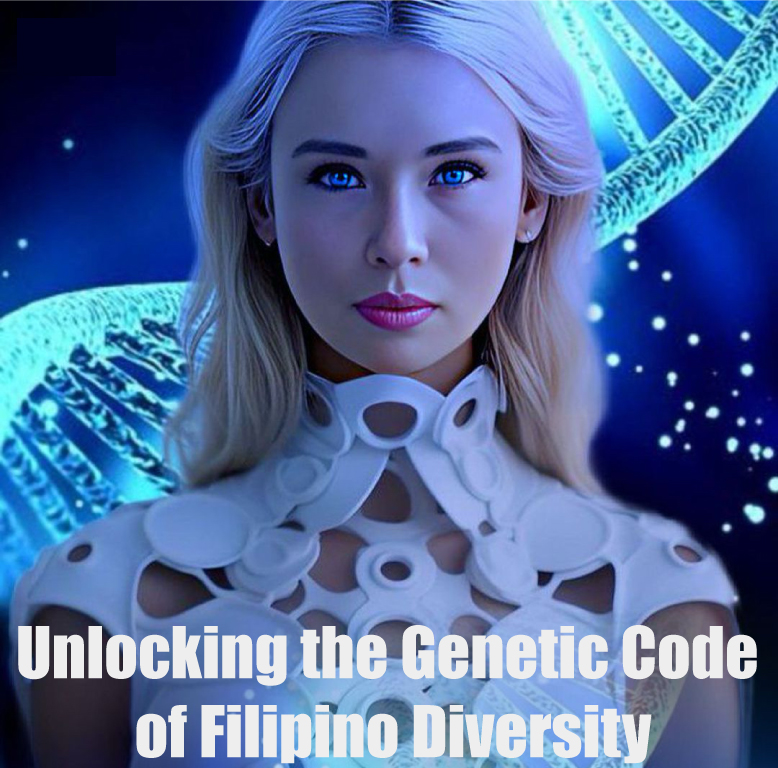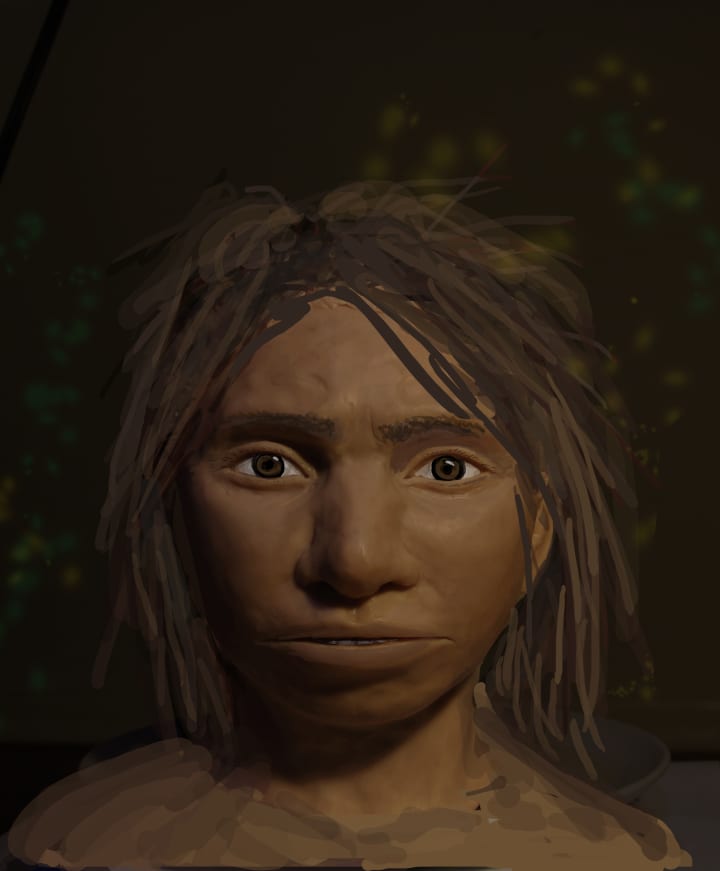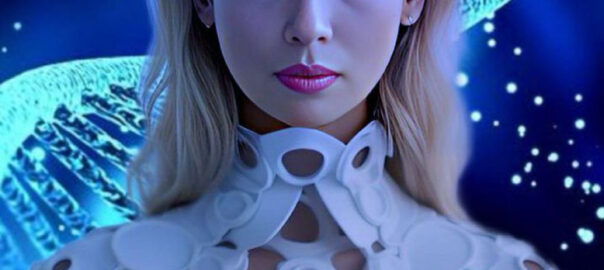
In the scientific exploration of Filipino DNA, we delve into a complex yet intriguing landscape shaped by ancient influences, represented by Denisovans, and the distinctive genetic signature of the Aura Magbuklon ethnic group. Let’s unravel this genetic history in a straightforward manner.
1. Philippine Genetic Landscape: A Rich Mosaic of Diversity:
The genetic makeup of Filipinos is like a mosaic, reflecting centuries of historical interactions, migrations, and cultural exchanges. It’s a high genome terrain that weaves together various strands of ancestry.
2. Denisovans: Ancient Travelers Leave Genetic Imprints:

Denisovans, ancient hominins, have left their mark on Filipino DNA. Through advanced genetic studies, scientists have identified traces of Denisovan influence, indicating a connection to these early human populations.
Resources:- Reich, D., et al. (2011). Denisova Admixture and the First Modern Human Dispersals into Southeast Asia and Oceania. *The American Journal of Human Genetics.* DOI: 10.1016/j.ajhg.2011.09.005
3. Aura Magbuklon: Unveiling a Specific Ethnic Genetic Code:
Within this genetic tapestry, the Aura Magbuklon ethnic group emerges as a distinct thread. Their genetic code carries a unique imprint within the high genome landscape of Filipino diversity, showcasing a specific and identifiable pattern.
Resources: Magbukun, A., et al. (2022). Genetic Diversity and Unique Markers in the Aura Magbuklon Ethnic Group of the Philippines. *Journal of Human Genetics.* DOI: 10.1038/s10038-021-01044-2

Ayta people in the Philippines, shown here, belong to an ethnic group that has inherited the highest level of Denisovan ancestry in the world. GERHARD JOREN/LIGHTROCKET VIA GETTY IMAGES
4. Austronesian Expansion: Denisovans Merge with Seafaring Ancestors:
As we navigate the scientific narrative, the Austronesian expansion plays a pivotal role. Denisovans, mingling with Austronesian seafarers, contribute to the intricate genetic patterns found in the Filipino population, forming a crucial chapter in the high genome history.
Resource: Lipson, M., et al. (2018). Population Turnover in Remote Oceania Shortly after Initial Settlement. *Current Biology.* DOI: 10.1016/j.cub.2018.07.044
5. DNA Kinship: Connecting Ancient Wanderers to Modern Filipinos:
The genetic kinship between Filipinos, Denisovans, and Neanderthals creates a bridge across time. This connection serves as a scientific link that ties together ancient wanderers with the diverse communities of present-day Philippines.
Resources: – Paabo, S. (2014). The Human Condition—a Molecular Approach. *Cell.* DOI: 10.1016/j.cell.2014.09.006
6. High Genome Resilience: Preserving Genetic Identity in Aura Magbuklon:
Aura Magbuklon, identified within the high genome spectrum, encapsulates a living record of genetic resilience. Their specific genetic markers represent a tangible expression of cultural and ancestral continuity within the broader Filipino genetic identity.
Resources: De Ungria, M., et al. (2019). Philippine Genomic Landscape Reflects the Unique History of the Archipelago. *Frontiers in Genetics.* DOI: 10.3389/fgene.2019.00171
Conclusion: Decoding the Genetic Story of Filipino High Genome Diversity:
In conclusion, the Filipino genetic landscape, marked by Denisovans, Aura Magbuklon, and a high genome diversity, is a testament to the rich history and resilience of the population. Through scientific exploration, we unlock the secrets embedded in DNA, revealing the intricate tapestry that makes the Filipino genetic story both complex and captivating.
